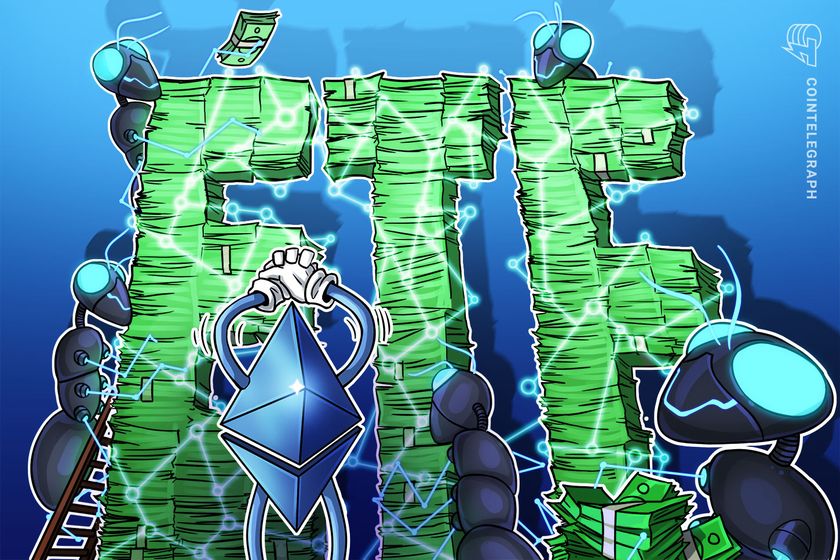Fiat-backed stablecoins could be used to post bail in New York under proposed bill

A New York lawmaker has introduced a new bill that proposes to allow certain stablecoins to be accepted as payment for bail.
A New York lawmaker has introduced a new bill that would see dollar-pegged stablecoins accepted as a legal form of payment for bail bonds.
The partisan bill, introduced on May 10 by New York State Democrat Latrice Walker, details the pre-existing methods of paying bail bonds, including cash, insurance bonds, and credit cards and seeks to add “fiat-collateralized stablecoins” to the list.

The bill seeks to amend the state’s current criminal procedure law to include the fiat-collateralized class of digital assets.
It is unclear which major “fiat-collateralized stablecoins” would be included under this new purview and if any stablecoins would not be deemed acceptable by New York officials.
On Dec. 22, 2022, two guarantors posted $250 million in bail to Manhattan federal court on behalf of FTX founder Sam Bankman-Fried, which allowed him to be released on strict home detention until his criminal trial takes place on October 2.

The new bill comes less than a week after New York Attorney General Letticia James proposed new regulation on May 5 that would see the state granted further power over crypto exchanges.
The proposed legislation would grant New York officials the power to issue subpoenas, impose civil penalties for crypto firms violating state law, and shut down companies allegedly involved in fraud or illicit activities.
Related: Stablecoins must be programmable to counter CBDCs
While the introduction of this bill shows a willingness from the New York state government to accommodate stablecoins in its criminal procedure law, James has been coming down hard on cryptocurrencies in recent months.
On January 5, James filed a lawsuit against former Celsius CEO Alex Mashinsky and more recently on March 9, James sued the Seychelles-based crypto exchange Kuoin for selling securities and commodities without registration.
Magazine: Here’s how Ethereum’s ZK-rollups can become interoperable









